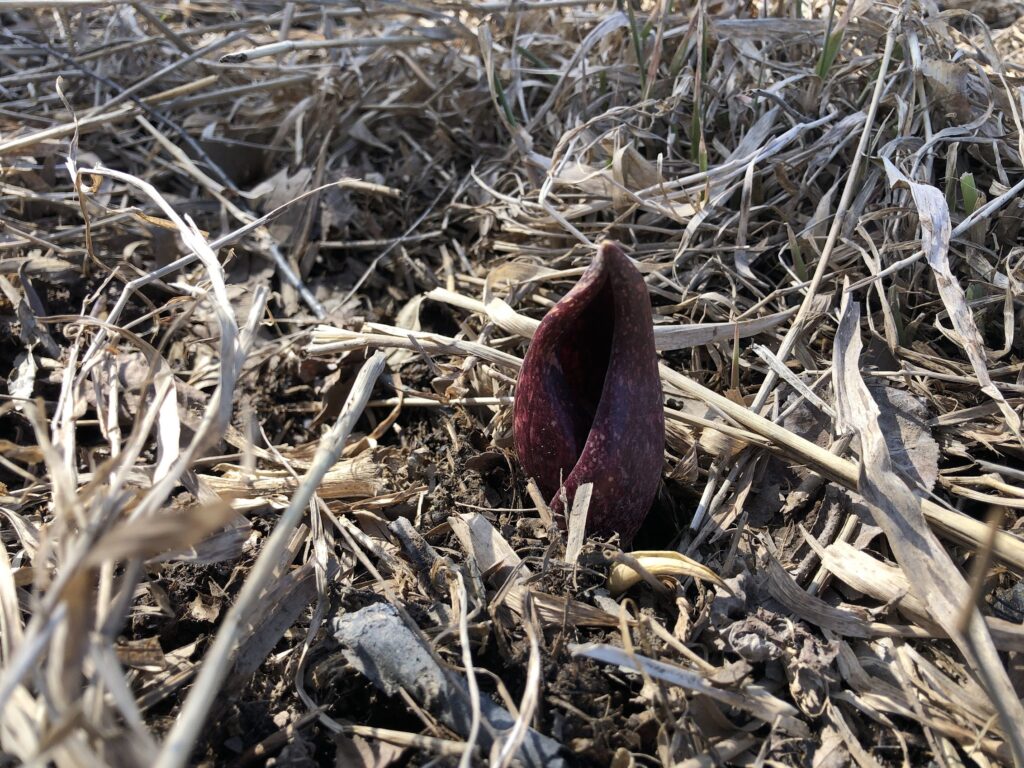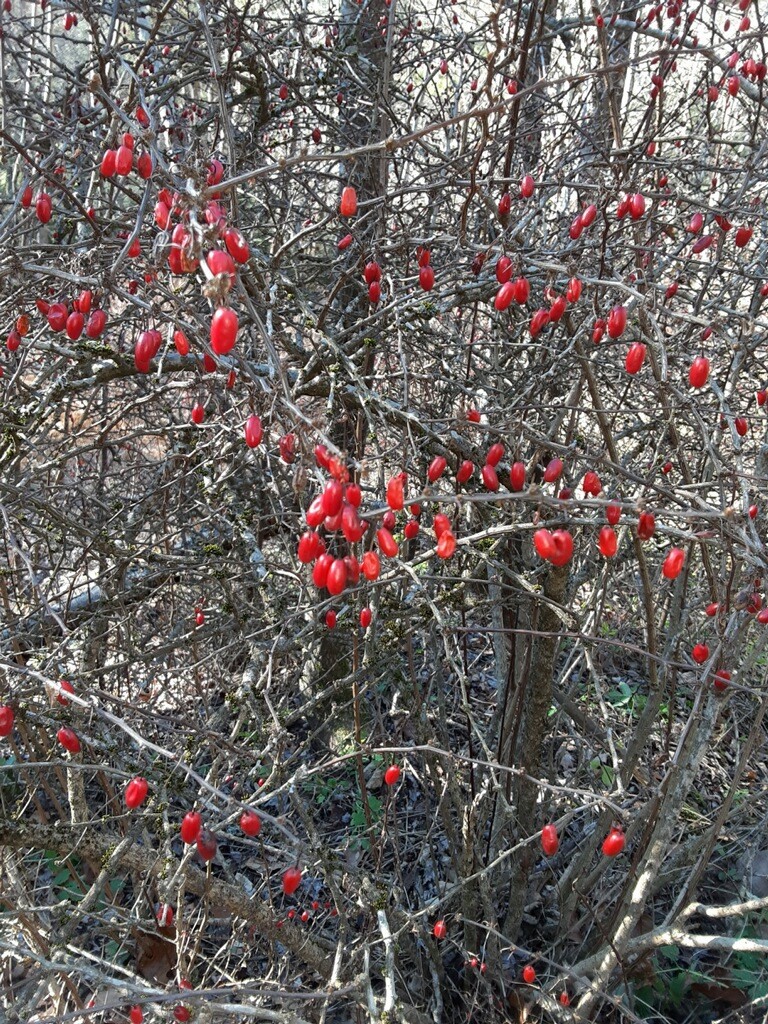March is here! March is one of those months where it can still be winter (think about some of the record snowfalls that have happened in March) but we’re starting to see signs of spring.
Skunk cabbage is one of the first wildflowers (yes, it’s considered a wildflower) to appear in the spring. Through a chemical process the flower generates its own heat which can melt snow cover and allow the flower to poke through.
Take a walk in your woods (or on a public forest) and look for the reddish-brown spathe. Inside the spathe is the spadix and the flowers are on the spadix. As the flowers wilt, the leaves begin to unfold.

Skunk cabbage isn’t the only thing that starts to come back to life in March. If you are treating invasives on your property now is a good time to look at the treatment schedules. Penn State Extension’s “Invasive and Competing Plants” page is a great place to go to find information on invasive and competing plants as well as treatments to help remove the plants.
If you’re interested in citizen’s science you might want to check out Project Budburst. The Chicago Botanical Garden’s administers the program that allows citizens to report when trees reach certain phases in bud development and leaf-out. The page also has activities for families and kids to learn more about the trees around them and how trees grow.
Black bear will start to emerge from their dens (if they haven’t already) and their new cubs will start to wander out with mom. Red fox kits and opossum young are born in March.
Other species are starting the mating process. Keep an eye out for the aerobatics of the American woodcock and ear out for woodcocks drumming. Also known as the timberdoodle, the American woodcock lives in young forests and shrubby old fields. The bird walks slowly probing the forest floor with its long bill searching for earthworms.
As the days start to warm up and the amount of daylight increases you may be looking for things to do outside. It can be a great time to cut firewood. Downed trees may be easier to get to before other plants sprout and leaf out. The ground may still be frozen and easier to maneuver on.
If you are treating invasives on your property now is a good time to look at the treatment schedules. Penn State Extension’s “Invasive and Competing Plants” page is a great place to go to find information on invasive and competing plants as well as treatments to help remove the plants.

If you can avoid, the urge to “clean up” your flower beds and yards. Various pollinators use what we view as “yard debris” to overwinter. If you clean it up too soon, you’ll loose those pollinators. A general rule of thumb is wait until daytime temperatures are consistently 50°F.


